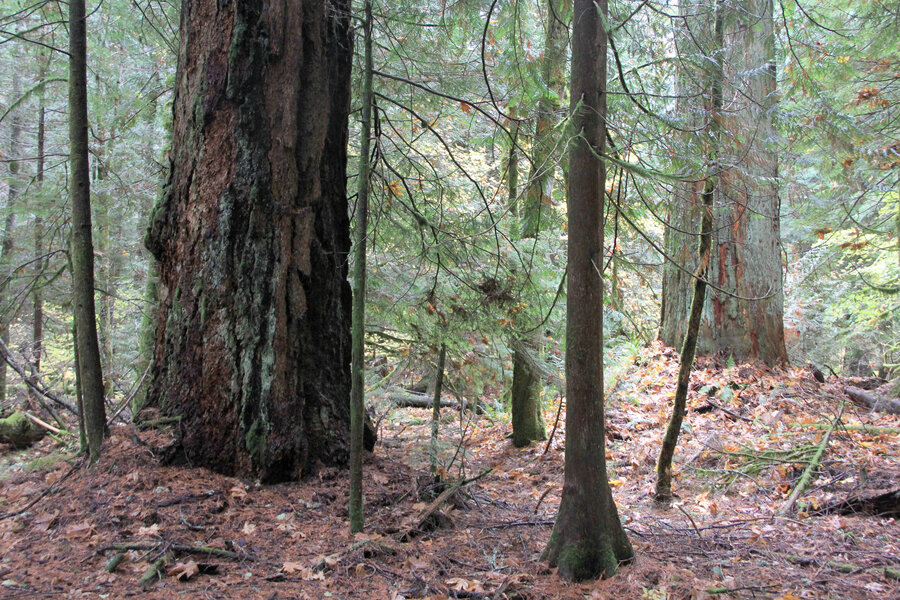How a fossilized forest in Arctic Norway changed the Earth's climate
Loading...
Researchers recently unearthed ancient forests in arctic Norway from 400 million years ago. And while the fossils themselves are exciting, UK scientists believe these trees were responsible for one of the greatest climate shifts in Earth’s history.
Dr. Chris Berry, a senior lecturer at Cardiff University’s School of Earth and Ocean Sciences, identified the fossil forests in Svalbard, a Norweigan archipelago in the Arctic Ocean almost halfway between Norway and the North Pole.
“These fossil forests show us what the vegetation and landscape were like on the equator 380 million years ago, as the first trees were beginning to appear on the Earth,” Berry explained in a press release.
Originally a tropical forest growing near the equator, researchers say continental drift carried the trees north. With diamond pattern trunks and flared branches of needle leaves, these 12-foot-tall trees were nothing like anything in our forests today.
By examining preserved tree stumps, Dr. Berry suggests the trees lived during the late Devonian period, which existed 420 to 360 million years ago. The fossilized forest in Svalbard is one of the oldest ever discovered, eclipsed only by another Devonian forest found in Gilboa, N.Y.
The Devonian period is presumed to coincide with a 15-fold reduction in atmospheric carbon dioxide levels that occurred during the same time. Theories attribute the drop in CO2 to tree evolution, when vegetation was changing from diminutive plants to large forest trees.
The evolution of tree-sized vegetation caused a “huge drop” in the level of atmospheric CO2 “from 15 times the present amount to something approaching current levels,” Berry explains.
So instead of being a radical CO2-scrubbing machine, these fossilized trees were actually quite normal – they absorbed CO2 during photosynthesis, just as our trees do today. But these tropical trees caused a massive carbon reduction because they absorbed a lot more CO2 compared to the smaller mosses that had previously defined Earth’s plant life.
“The evolution of tree-sized vegetation is the most likely cause of this dramatic drop in carbon dioxide because the plants were absorbing carbon dioxide through photosynthesis to build their tissues, and also through the process of forming soils,” says Berry in a press release.
And this recent discovery in arctic Norway challenges experts preconceived notions of tree evolution. The trees that were most populous in the older fossilized forest in New York were absent in Norway.
Such an absence “suggests that more than one tree group was forming forests and these forests were not the same everywhere on the planet,” Berry told LiveScience.
But experts say even a similar finding in Norway would be exciting because it's not every day that we unearth a forest that would have been ancient to the dinosaurs.
“It is rare fossil forests such as this that inform our understanding of the ecology and global distribution of large land plants during the transition to a forested planet,” the article concludes.








